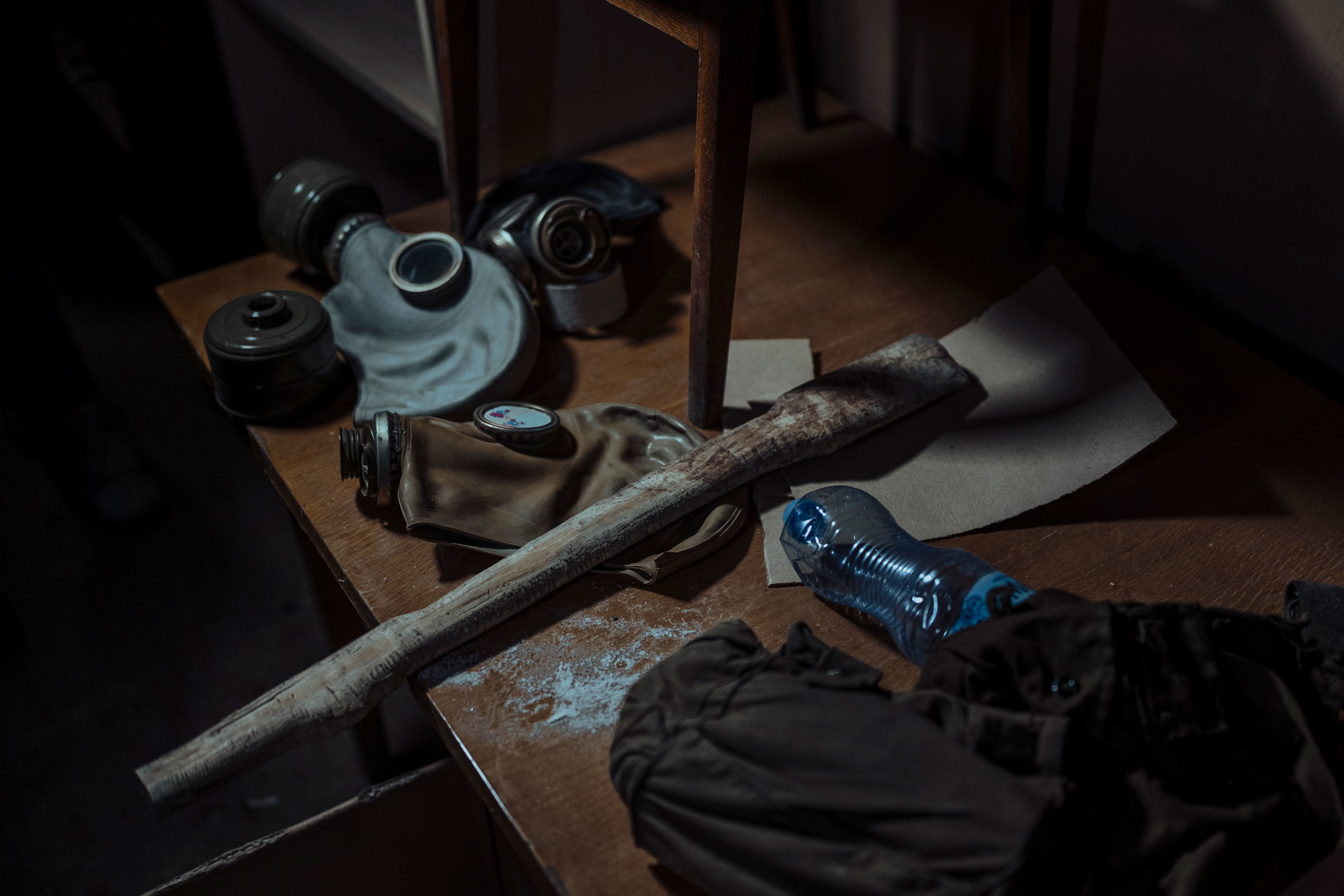The blood of Ukrainian detainees is still visible on the floor and on the wooden batons Russian forces used to beat them. Ukrainians were tied to metal-framed chairs before being electrocuted with cables or choked with a length of rope.
Proof of the horrors to which local residents were subjected during more than six months of occupation was revealed on Sept. 19 in a dark and dust-filled basement under the police station in Izium, a strategic city in Ukraine’s northeastern Kharkiv region that was liberated during a recent offensive. Among the instruments used to terrorize people were Soviet-era gas masks that had been modified to prevent the victim from being able to breathe once they were placed on their face.
As of Sept. 19, police had identified the names of 20 people who were either tortured or interrogated at the station, according to an ongoing investigation. They were locals accused of working against the occupying forces. People spent weeks or even months trapped inside, said Serhiy Bolvynov, chief investigator of police in the Kharkiv region.
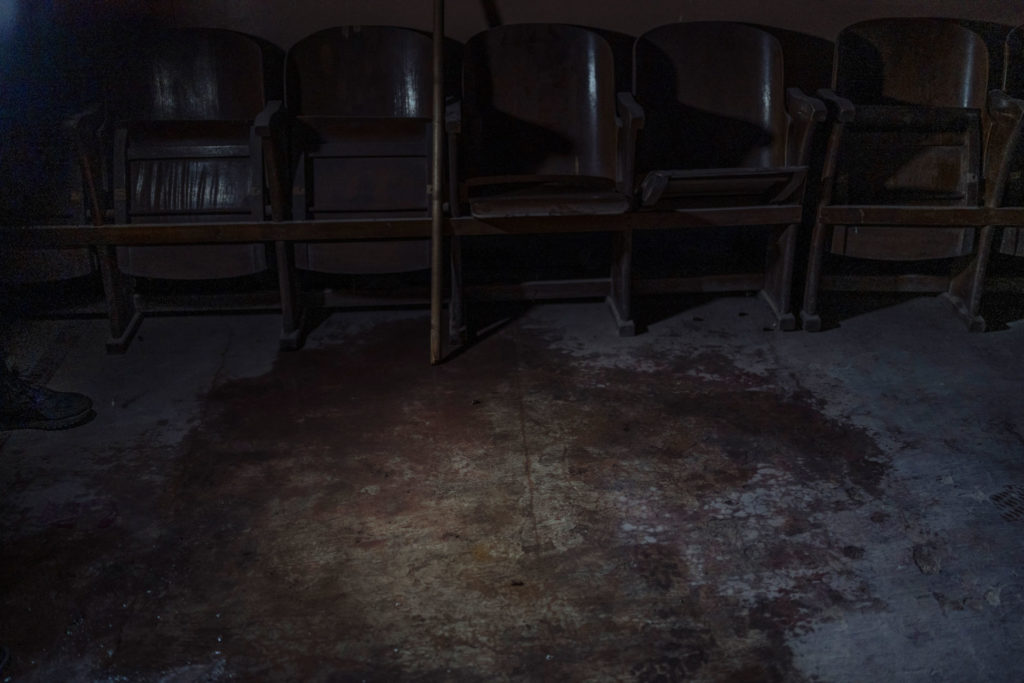
The site is just one of at least 10 torture chambers discovered in territories liberated two weeks ago. One detention center in Izium was described as “so ugly and dirty, it’s inhuman” by a police investigator who preferred not to be identified due to the sensitive nature of his work. “I don’t know how people could survive there. I’ve been with the police for so many years, but I was severely shocked,” he said.
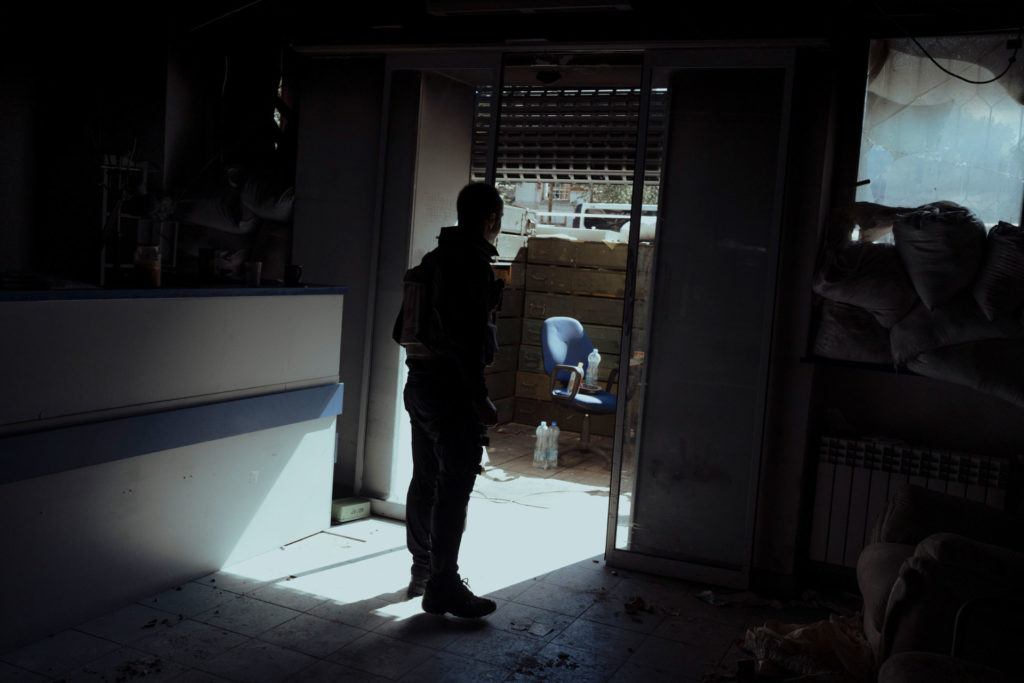
Izium, a small city that played a vital logistics role for the Russians, was the main prize taken in a Ukrainian offensive that liberated most of the region so quickly that Russian forces abandoned their munitions and armored vehicles when fleeing their positions, leaving belongings and half-eaten food behind. Approximately 3,000 square miles of land was liberated in a week, in a rapid territorial advance that stunned the world and has changed the course of the war. It was Moscow’s biggest military defeat since it was forced to withdraw its troops from around Kyiv in April. Yet its importance as a support base for Russian President Vladimir Putin’s army also means Izium suffered some of the worst fighting — it took Russia almost one month to seize control of the city in April.
The torture chamber reveals the continued brutality of Russian troops over the populations it seeks to absorb and rule, as well as the depth of the horrors likely concealed in the territories over which Moscow still presides, seven months into the invasion.
As police continue to investigate liberated areas in Ukraine, more grim discoveries are feared. The painful memory of Bucha, where the victims of indiscriminate murder were found lying in the streets, looms large, while the heavy bombing of Izium is expected to have caused a high death toll. Hardly a building in the city has escaped the destruction.
“All the crimes of the Ruscists are being recorded; evidence of their guilt is being collected,” said Ukraine’s President Volodymyr Zelenskyy upon the discovery of the torture chambers, using a popular Ukrainian portmanteau to describe Russian fascists.
Police say they have also documented instances of sexual violence against women but declined to go into details.
In nearby Balakliya, the investigator said prisoners were “able to hear the screams” of a woman who was repeatedly raped by troops on a different floor. One civilian woman who survived imprisonment at the police station told Ukrainian authorities that she had been denied access to a toilet or hygiene products. Despite there being a functioning lavatory in the basement, the police investigator said, the Russians forced people to use the floor or soil themselves.
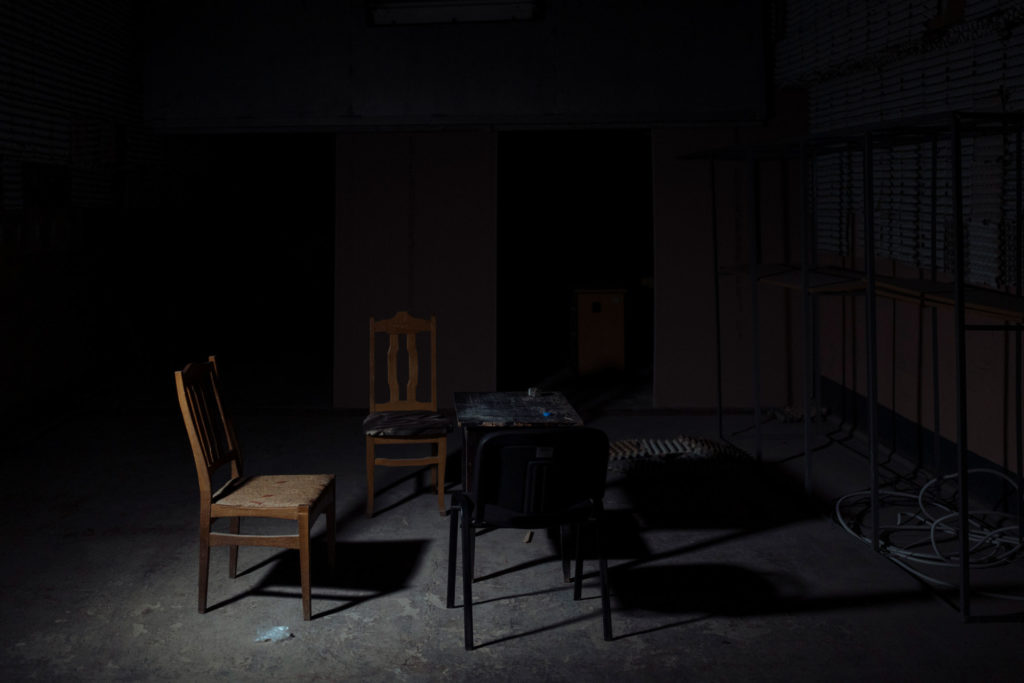
Adding to the humiliation, police said detainees were forced to write out testimonies saying they had been questioned but not harmed. Ukraine’s claims have not yet been independently verified. The U.N. High Commissioner for Human Rights said on Sept. 18 that it plans to send a team “soon.” Early findings have been condemned internationally, while Czech Foreign Minister Jan Lipavsky, who is also currently the president of the Council of the EU, has called for an international tribunal to prosecute what he referred to as war crimes.
A forensic investigation is underway at all the sites to gather evidence such as fingerprints. At the Izium police station, water bottles, flasks and torture implements lie dusted in a fine white powder used for detecting fingerprints. It is chilly and musty.
Elsewhere in the building, police found hard drives looted from municipality buildings across Ukraine. The dank, stench-filled living areas where Russians rested, under strips of peeling wallpaper, are still strewn with their cigarette butts.
In the newly-liberated areas of Balakliya and Bairak, locals relay tales of Russian crimes of looting, forced disappearances, violence and killings. Young men fled or joined the army, while older men, many of whom previously served in the military, bore the brunt of Russian suspicion. Residents talk in hushed tones of neighbors who were taken for questioning and never came back. Aliyna, 35, who lives close to the entrance to the woods where the mass burial site is, said Russians would steal things and even take up home in people’s houses.
“They would set up Russian banyas [saunas] and end up setting your building on fire,” she told New Lines. “My neighbor, who used to be in the military before the invasion, was taken. They pulled his fingernails out.”
Yulia, 33, said her ex-husband was captured by Russian troops on three occasions and tortured each time.
“Russians came to his apartment and they found some nationalist stickers,” she said. “They took him and beat him, before questioning me about his life and work and letting him go. Then they took him twice more and beat him heavily again both times. In the end we had to find a way to get him out of the city.”
Police told New Lines that the bodies of some of the police station victims have been found among the dead in a mass burial site located on Sept. 15 in a pine wood on the edge of the city. There are thought to be more than 440 individual graves, in addition to one mass grave — a former tank hole used to dump the bodies of 17 soldiers, presumed to be Ukrainian — according to an inscription on a rough wooden cross placed nearby. Referring to the mass grave, Zelenskyy accused Russia once again of genocide.
As exhumation began on Sept. 16 to investigate the site, New Lines saw at least one body of a possible soldier with his decaying hands still tied. The investigation is expected to take at least two weeks, yet already 10 of the 160 civilian bodies unearthed show signs of torture, said Ihor Malysh, head of the investigative unit’s forensic support department. Officials said one civilian was found with a broken arm and a rope around his neck. Most of the corpses unearthed were dressed in civilian clothes. Some appeared to have blood stains on them. Most had been wrapped in a blanket; a few were discovered in coffins. Investigators checked their bodies for signs of violence — each of their broken or bruised bones has a story to tell, a possible tragedy to reveal.
The majority of the dead, however, are believed to have been killed by a lack of medicine or by months of Russian bombardment — deaths that did not need to happen had Putin’s war not come to Ukraine. Two children have been exhumed so far. Both died in a large airstrike on a residential building in March, which was believed to have killed 47 people.
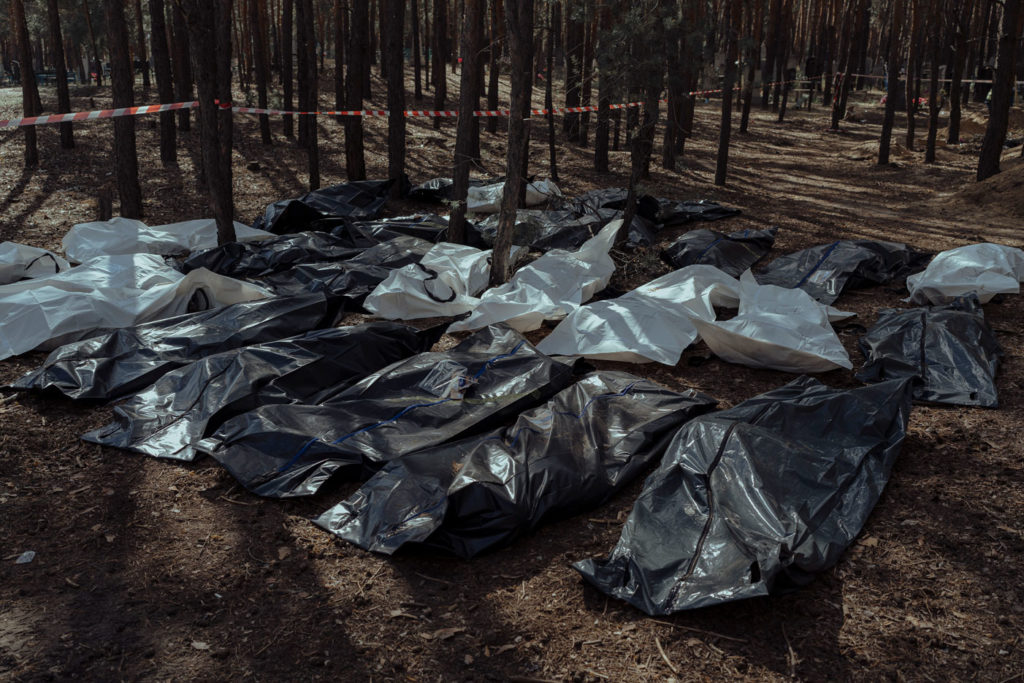
Meanwhile, residents are emerging from the confusion and trauma of their occupation, staring at a city of smashed and burned buildings and wondering what comes next. In the scrum of people that now gathers for aid in Izium’s central square, people are hungry and relations are increasingly fraught. “We have no money or work and most of the shops are destroyed,” said Luba Grihovna, whose house was damaged by a Russian missile. The 62-year-old is now staying with a friend. “We only have the aid people bring us now,” she said as she lined up for food one morning. “But some days it doesn’t come and people get desperate.”



